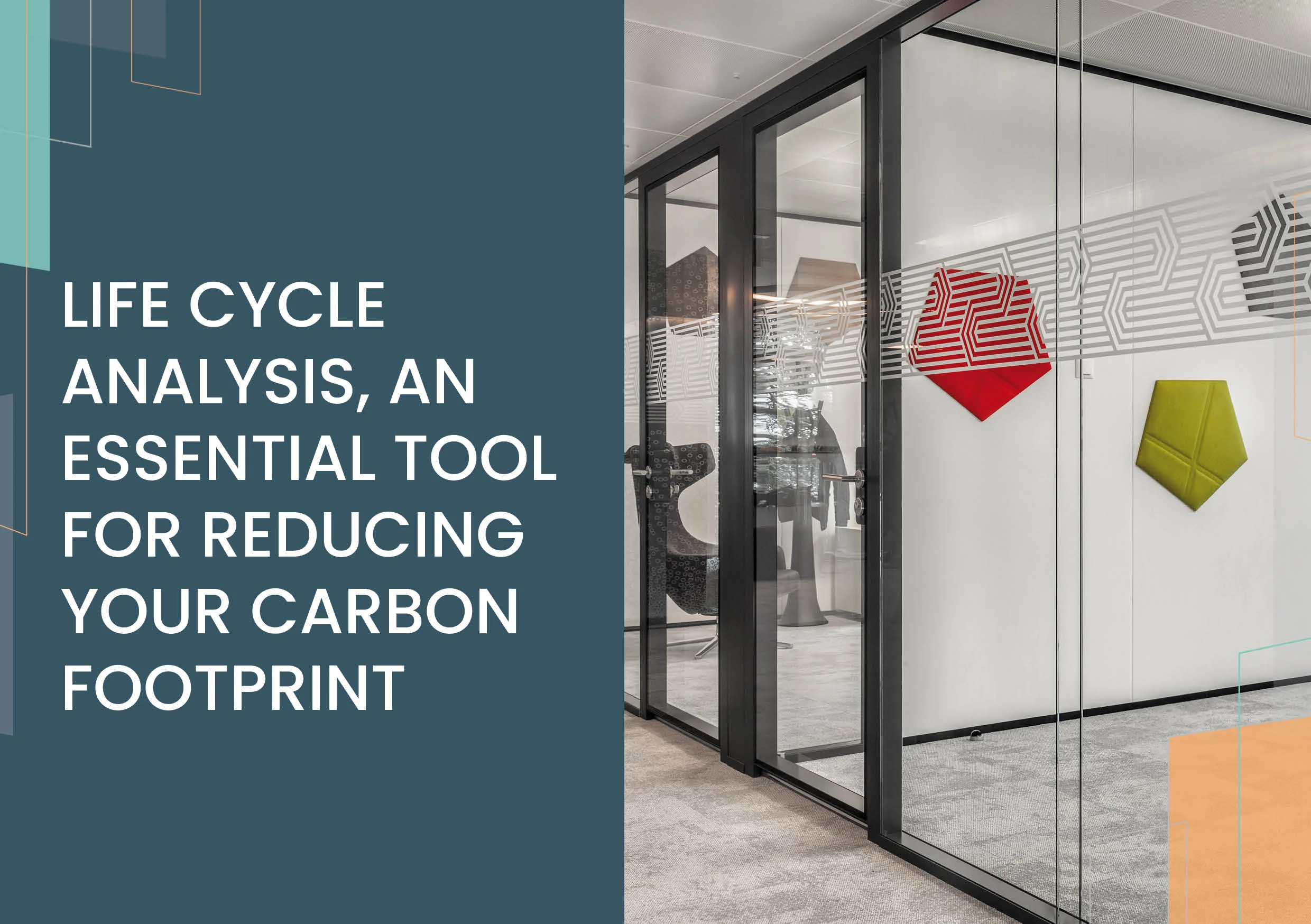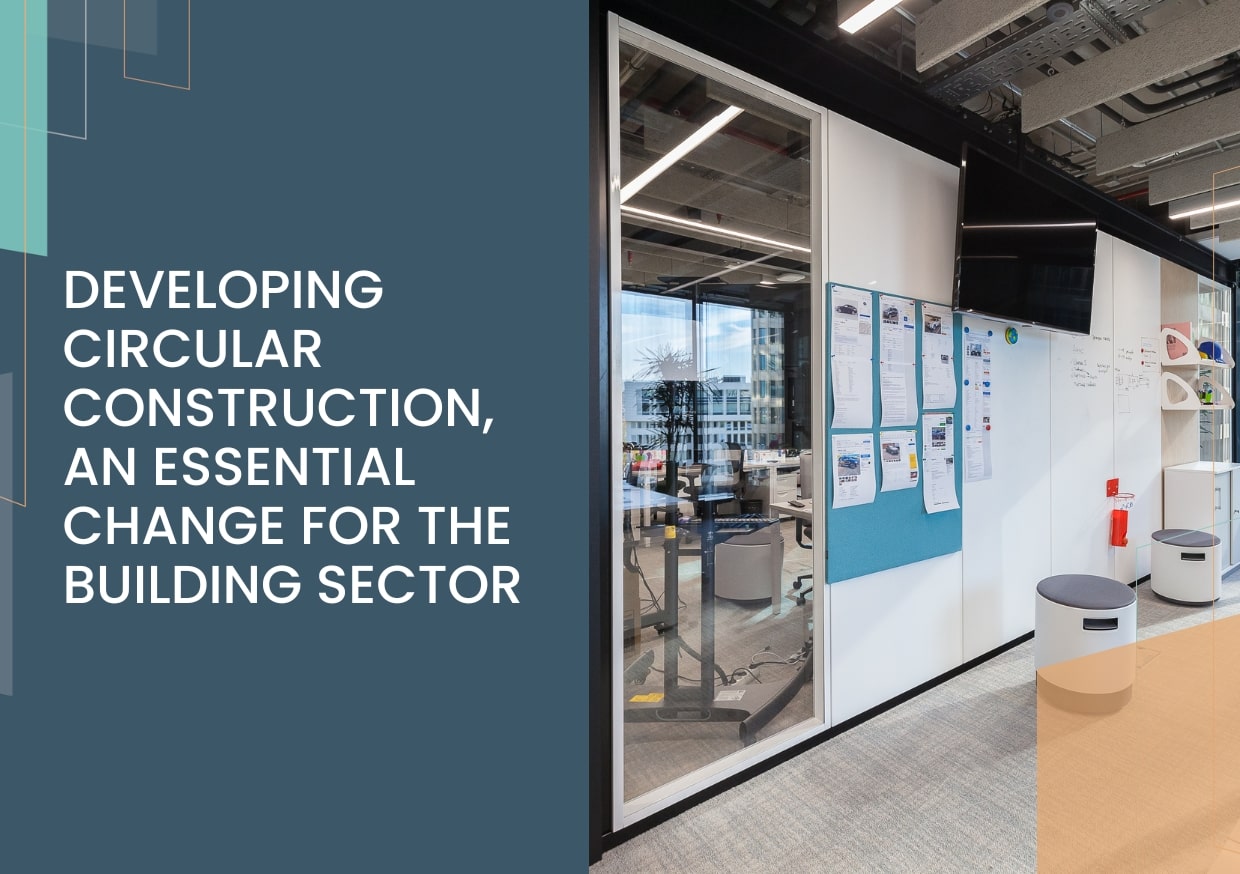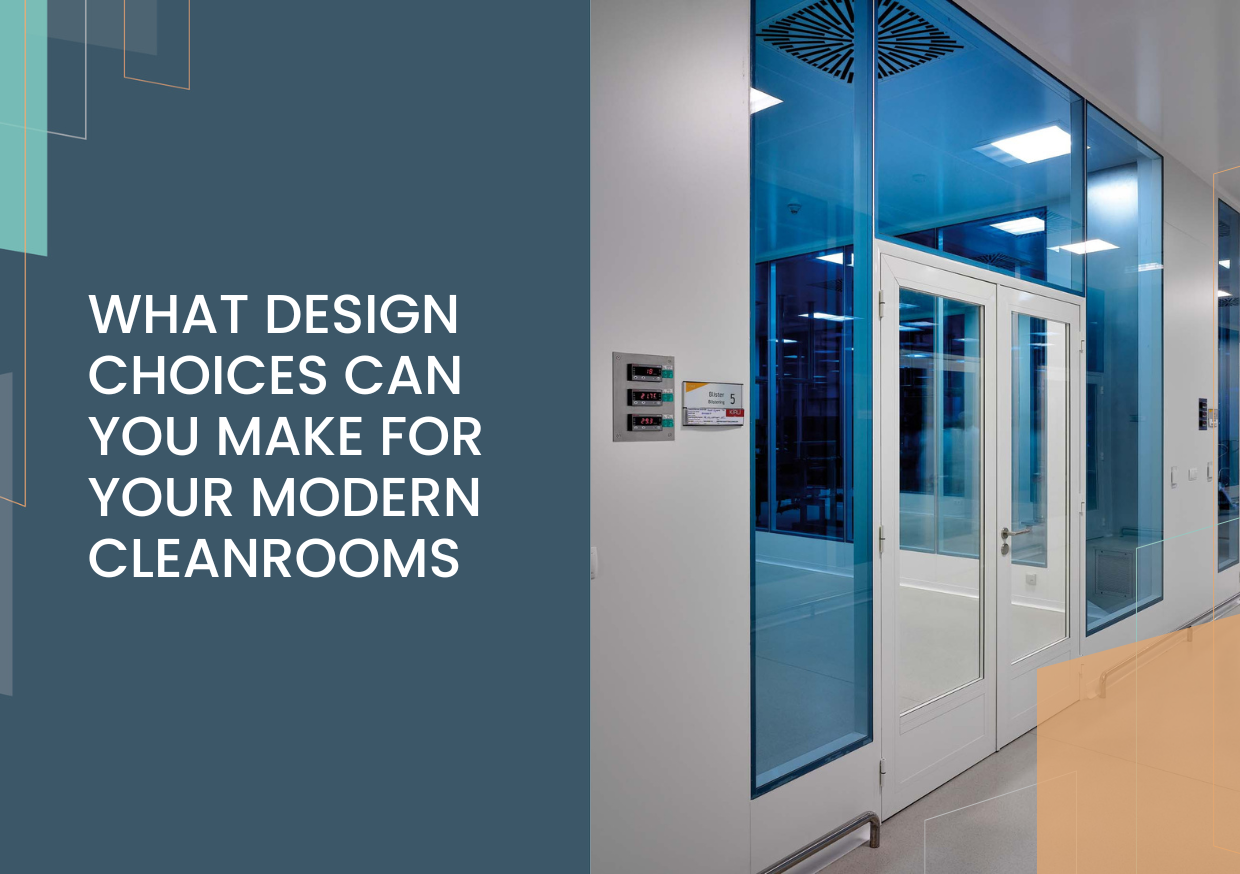Designing workspaces to make them more attractive
During the last years, ways of working have changed significantly in particular with the spread of remote work. According to an OpinionWay study, published in 2023, 46% of French people surveyed would consider changing jobs if remote work were not offered at a job interview, and 57% of companies said they would be prepared to address the issue, along with pay and other benefits. In the Île-de-France region, where remote work is most widespread, 43% of employees, mainly managers, have now adopted it, because of the many advantages it offers: less time spent travelling (which helps to improve the carbon footprint), and a better work-life balance. By 2023, almost half of French companies will have integrated remote work into their organisation, whether partially or not. Remote work is bringing benefits that managers had not necessarily anticipated: 60% of French employees believe they are more productive and deliver better quality work.
The rate of absenteeism has also fallen sharply, from 39% when working face-to-face to just 12% when working remotely. For the company, this means greater continuity and efficiency in operations.
While remote work remains popular, companies must rethink their office spaces to support new ways of working. Today, employees come to the office primarily for teamwork, collaboration, and informal exchanges, while reserving individual tasks for home. Offices must also include private areas for meetings or confidential calls. In short, workspace design has become a complex challenge, requiring a careful balance between productivity, employee well-being, and evolving needs.

An agile office for hybrid working
Hybrid working requires offices to evolve continuously. To support flexibility and productivity, offices must be agile, offering a mix of collaborative spaces, shared areas, and quiet zones. Many companies now use acoustic PODs, which provide employees with privacy when needed—whether to escape noise or avoid disturbing others. At Clestra, these PODs can be customized in size to meet specific business needs.
The agile office must also take account of user requirements who are increasingly critical of the flex office concept, i.e. the indiscriminate sharing of spaces. To maintain its agility, the office must be modular so that it can be adapted to different uses, encouraging creativity and efficiency. In an environment where employees work partly remotely, it is nevertheless essential to create opportunities for social and professional interaction. This is only possible through workspaces that promote these exchanges, whether formal or informal. Companies are therefore increasingly offering extended services such as a wide range of catering options, sports facilities, concierge services, etc.
The layout of an agile, hybrid office needs to be considered in advance, without compromising its ability to evolve, so that everyone finds an environment that encourages collaboration, well-being and productivity. It is therefore essential to design workspaces with resilience and agility in mind.

Flexible spaces and environmental responsibility
In an ever-changing world, flexibility is essential. Clestra focuses on modular and monobloc construction to reduce on-site operations and deliver efficient, sustainable solutions. These systems align with green building certifications (LEED, BREEAM, HQE) and support hybrid work needs. Acoustic PODs provide privacy in open spaces, while operable walls allow for adaptable layouts with excellent acoustic insulation and user-friendly operation. Every solution is designed with scalability and sustainability in mind.
As workspaces evolve, the focus on well-being, flexibility, and sustainability has never been more critical. Clestra’s innovative solutions, from modular designs to acoustic PODs, enable companies to create environments where employees thrive. By rethinking office design, we can meet the challenges of today’s hybrid work models while building a more connected, productive future.


CLESTRA acoustic PODs make it possible to overcome the lack of privacy in open-plan spaces. Operable Walls guarantee agility and freedom of design. They preserve acoustic insulation and ensure ease of use thanks to a semi-automatic or automatic closure system…



